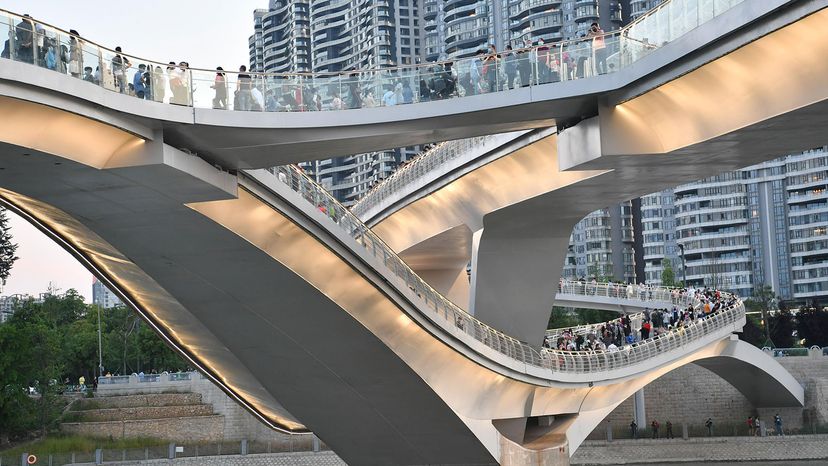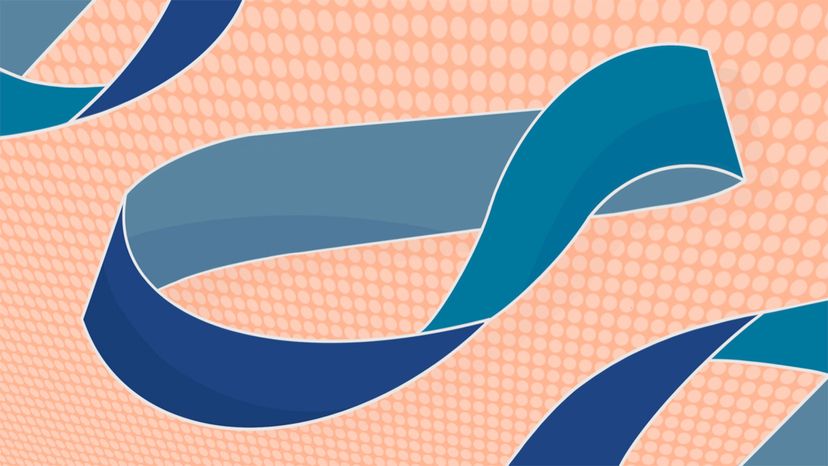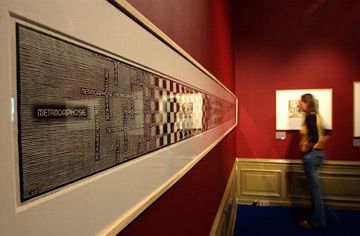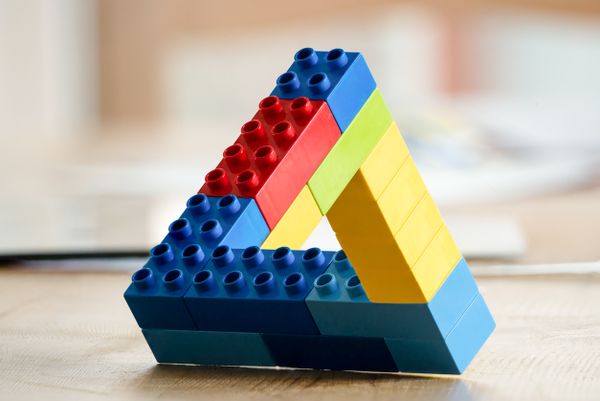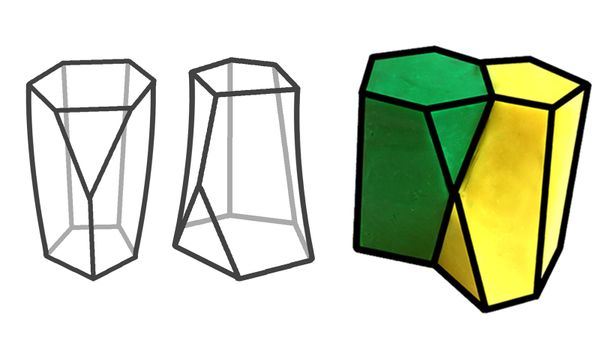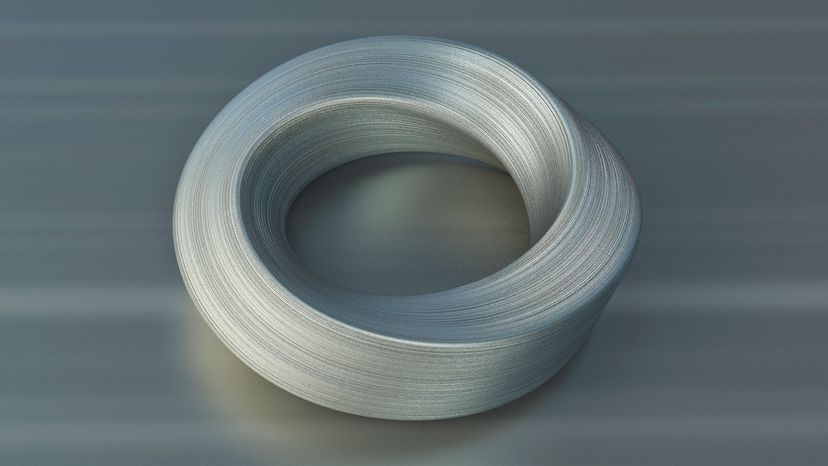
The mathematics of otherwise simple-looking objects can be surprisingly perplexing. There's likely no greater example of this than the Möbius strip.
It's a one-sided object that can be made by simply twisting a piece of paper and connecting the ends with some tape. If you were to follow the loop around with your finger, you'd eventually end up right back where you started, having touched the entire surface of the loop along the journey. This simple creation, the Möbius strip, is fundamental to the entire field of topology and serves as a quintessential example of various mathematical principles.
Advertisement
One of these principles is nonorientability, which is the inability for mathematicians to assign coordinates to an object, say up or down, or side to side. This principle has some interesting outcomes, as scientists aren't entirely sure whether the universe is orientable.
This poses a perplexing scenario: If a rocket with astronauts flew into space for long enough and then returned, assuming the universe was nonorientable, it's possible that all the astronauts onboard would come back in reverse.
In other words, the astronauts would come back as mirror images of their former selves, completely flipped. Their hearts would be on the right rather than the left and they may be left-handed rather than right-handed. If one of the astronauts had lost their right leg before flight, upon return, the astronaut would be missing their left leg. This is what happens as you traverse a nonorientable surface like a Möbius strip.
While hopefully your mind is blown – at least just slightly – we need to take a step back. What's a Möbius strip and how can an object with such complex math be made by simply twisting a piece of paper?
Advertisement
